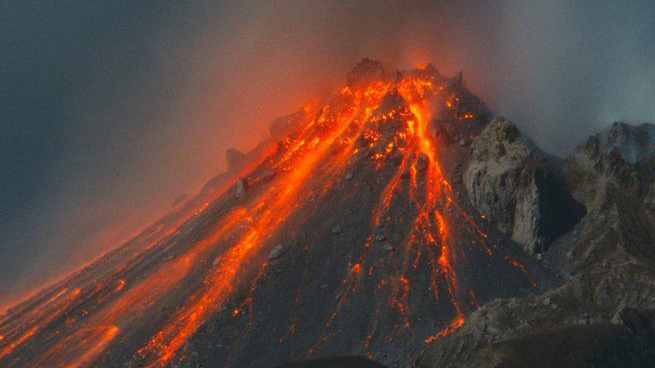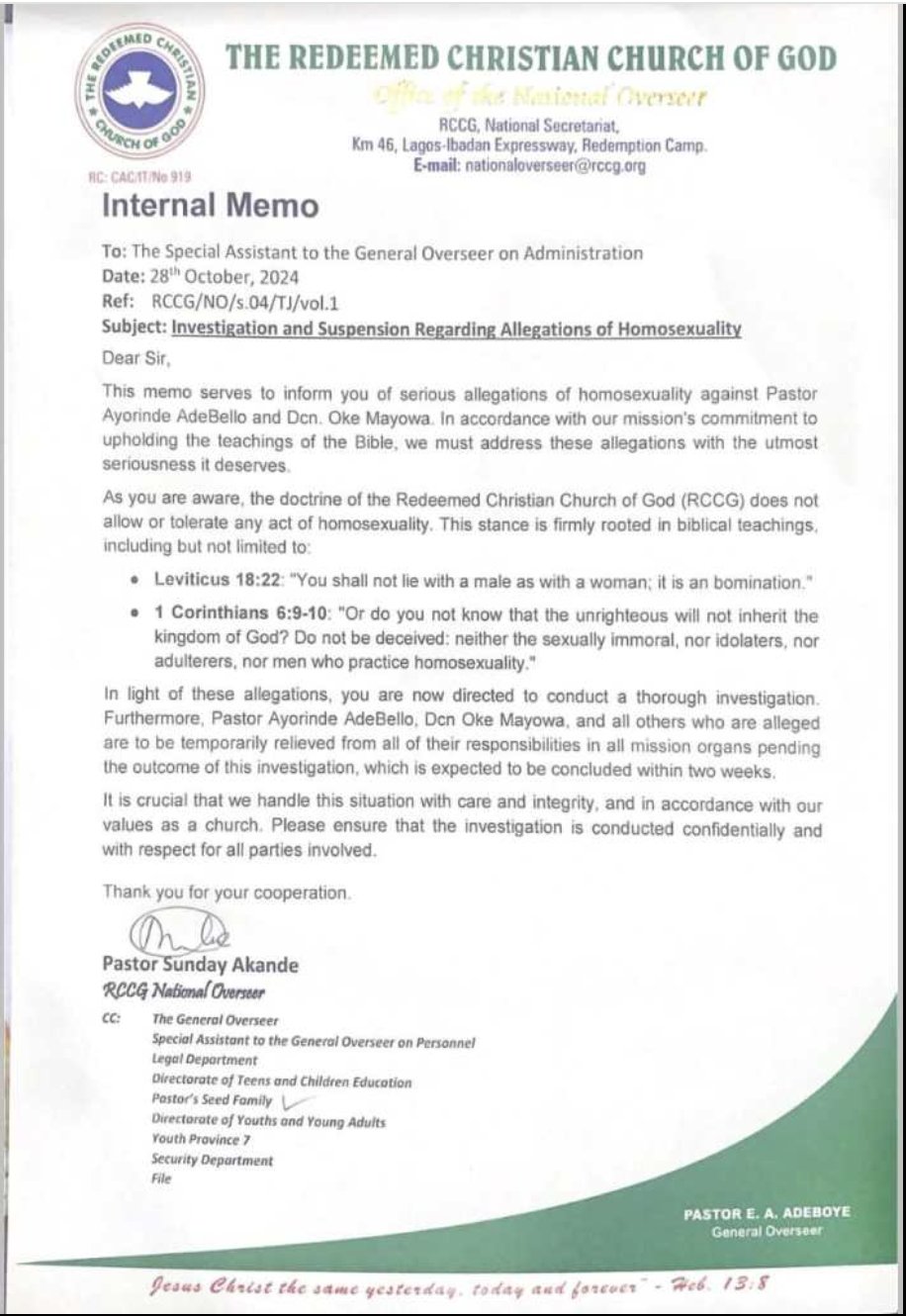
Officials have cautioned about the health hazards caused by ash and toxic gases emanating from the unsettled crater of a Philippine volcano, leading to thousands of residents in the vicinity seeking refuge in evacuation centers. Seismology experts have reported detecting volcanic tremors within the last day, while Mount Mayon in Albay, a central province, has been discharging scorching rocks.
According to the Philippine civil defense office, over 12,800 individuals, primarily from agricultural communities situated at or near the base of the volcano, have been relocated to evacuation centers. Health Secretary Teodoro Herbosa emphasized during a press briefing on Sunday that there is an associated health risk for those in close proximity to the eruption due to the inhalation of sulfur dioxide gas and ash particulate matter. Located approximately 330 kilometers (205 miles) southeast of Manila, Mayon is recognized as one of the nation's most unpredictable among the 24 active volcanoes in the country.
During a press briefing on Sunday, Health Secretary Teodoro Herbosa emphasized the simultaneous health hazard associated with being in close proximity to the volcanic eruption, as it could lead to the inhalation of sulfur dioxide gas or ash particulate matter. Mayon, situated approximately 330 kilometers (205 miles) southeast of Manila, is recognized as one of the most unpredictable among the 24 active volcanoes in the Philippines.
According to the Philippine Institute of Volcanology and Seismology, a disintegrating lava dome is causing rocks to fall from the crater due to the upward pressure exerted by molten material beneath the earth's surface.
During a press briefing on Sunday, Health Secretary Teodoro Herbosa emphasized the simultaneous health hazard associated with being in close proximity to the volcanic eruption, as it could lead to the inhalation of sulfur dioxide gas or ash particulate matter. Mayon, situated approximately 330 kilometers (205 miles) southeast of Manila, is recognized as one of the most unpredictable among the 24 active volcanoes in the Philippines.
According to the Philippine Institute of Volcanology and Seismology, a disintegrating lava dome is causing rocks to fall from the crater due to the upward pressure exerted by molten material beneath the earth's surface.
According to state volcanologists, rocks were descending upon areas located up to two kilometers away, while the emissions of sulphur dioxide had tripled on Saturday. As a result, the volcano's alert level on the five-step scale was raised from two to three on Thursday, with authorities cautioning about the potential respiratory ailments that could arise from inhaling the fumes.
In light of the ongoing activity of Mayon volcano, which has led to a state of calamity in Albay, President Ferdinand Marcos of the Philippines issued a reminder on Saturday for individuals to adhere to the recommendations and evacuation instructions provided by local authorities.
The Philippines is frequently prone to earthquakes and volcanic events due to its location along the Pacific "Ring of Fire," where tectonic plates intersect.
Mount Pinatubo, the most potent eruption in the Philippines in recent decades, occurred in 1991 and resulted in the tragic loss of over 800 lives.
The catastrophic event gave rise to an extensive ash cloud that traversed vast distances, spanning thousands of kilometers.









Leave a comment